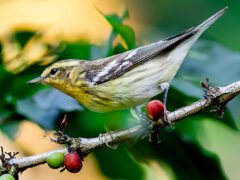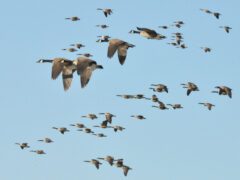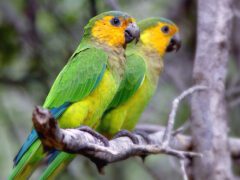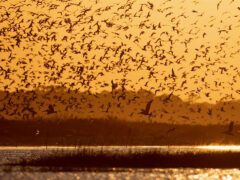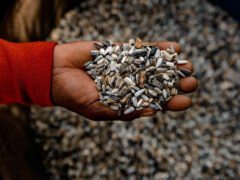The Four Keys to ID
- Size & Shape
A small, somewhat chubby songbird with a rounded head and short neck, and thick, conical bill.
Relative Size
Larger than a Black-capped Chickadee, slightly smaller than a House Sparrow.

 sparrow-sized or smaller
sparrow-sized or smallerMeasurements
- Both Sexes
- Length: 5.5-5.9 in (14-15 cm)
- Weight: 0.6-1.0 oz (18-28 g)
- Wingspan: 7.9-8.7 in (20-22 cm)
© David Irving / Macaulay Library
- Color Pattern
- Behavior
- Habitat
Regional Differences
Across the species’ large range in Eurasia, ornithologists recognize between 9 and 33 subspecies, which differ moderately in plumage tones and in size.




